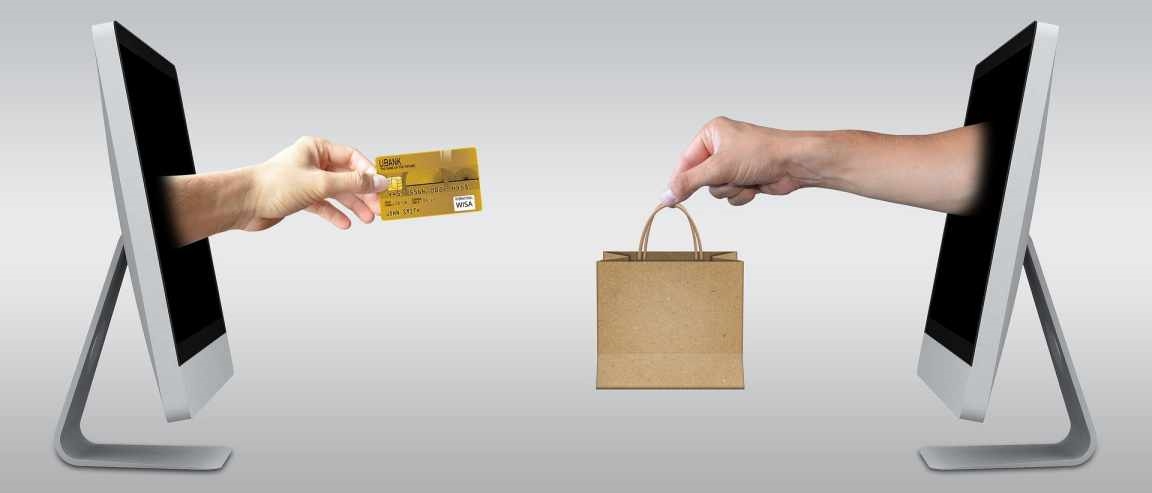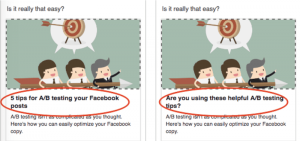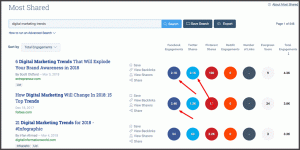
You have many options when you want to become an online seller. You could have your own website where you sell niche products, that you fulfill out of your garage or self-storage unit or you could use a drop shipper in China to fulfill orders. You could have an Amazon store where you do the fulfillment product shipments yourself or use Fulfillment by Amazon (FBA) to do it for you. You could even keep it simple with a Shopify store.
Many individuals are convinced to start an online store after watching a few YouTube videos where the presenter is touting that anyone can make six-figures simply by following their n-step process. Of course, all these presenters have a dog in the hunt and want you to subscribe to their course or buy their software. The reality is quite different. There are no get rich quick schemes when it comes to being an online product seller. Starting and operating an online store and selling products online takes effort and not all product sales will meet expectations. However, there are a few tricks that will improve your odds of success that we will share in the next few posts.
Dropshipping is Not the Answer
Many first-time online sellers are convinced to follow a dropshipping model so they do not have to buy inventory, ship products, or risk buying products that will not sell. While this may be appealing to many, what you lose with a dropshipping model is pretty significant. Here are a few reasons why using a dropshipping model to sell is not the answer to making a profit:
- You do not get to do a WOW shipment by adding a freebie to the order to delight the customer and encourage them to share their experience.
- You do not get to add a coupon in the box to encourage future orders.
- You do not get to add your branding to the product, even if it is just a sticker with your company name and contact information.
- Deliveries take too long. It often takes 2-3 weeks for a customer to get the product they ordered.
- You do not get to share tracking information so they can see for themselves where the product is. This leads to high customer service costs as customers will want to know where their product is or why it is taking so long to arrive.
- Because there are no volume discounts, you have higher product costs resulting in smaller margins.
- You do not have any quality control. Dropshippers may send broken, damaged, or incorrect products.
- Because of the delays in receiving the product, many customers will find an alternative and simply send it back so you will have a high return rate.
Following a dropshipping eCommerce model when it comes to online selling has many disadvantages, compared to the benefit of requiring less upfront cash to carry inventory.
eCommerce Success Rates
According to Anthony Welfare in a Dent article, “97% of eCommerce businesses fail”. The reasons for their failure include:
- It is very easy to start an online store and as a result, the entry requirements are low. Many options exist for entrepreneurs with little or no money to sell online.
- Many entrepreneurs lured by get rich quick videos and courses, set up an online store, underestimating the complexity and time commitments required.
- Because it is so easy to set up a website to sell online, there is a lot of competition. High competition turns to sell online into a commodity with low margins.
- Based on low margins, third-world entrepreneurs with a lower expectation of income can make a living on tiny margins that are not sustainable or acceptable for US-based stores.
- Too many eCommerce entrepreneurs measure their success based on ads that say they can make $ 100,000 or more per month in less than 6 months and when their results are lower than expected, they get impatient and move on to other get rich quick ideas.
- Based on a lack of immediate success, many stores fail to stick with a consistent set of product offerings. They bounce from one product to another before fully exploring how to boost sales.
How Much Will It Really Cost to Sell Online Products
Assuming you have a great product to sell online, you will have to run a series of ads to define the attributes of your successful customer. Expect to spend between $ 30 to $ 500 just to find your audience.
Once you have captured enough data to know who your audience is, you should expect to have to spend another $ 400 on ads to begin to see if the audience you are targeting will produce sufficient sales.
In many cases, the product you are trying to sell is the problem rather than how you are trying to sell it. While the product you are selling may make sense to you, it will often fail to resonate with others. Often, entrepreneurs are too in love with the product and fail to see that the market is not ready for it. As a result, they continue to run ads for a product that the general public is just not ready to buy, hoping that it is just a numbers game.
So, if you have $ 2,000 to spend on ads, don’t use it all up on one product. If, after spending the first $ 1,000 on ads, you still aren’t selling enough products with sufficient margins to cover your ad spend, then it is very likely that your product will never be profitable and it is time to look for another product to sell. The good news is you still have $ 1,000 to spend on ads for another product. The message here is don’t keep spending money on ads for products that will never sell well.
Products have a lifecycle. The problem faced by many entrepreneurs new to selling online is that they focus too much on finding products that are new and unique and at the beginning of their lifecycle. While we all want to find that product that is at the beginning of its lifecycle, it is just too risky and costly for eCommerce entrepreneurs just starting out.
To succeed in selling online, you will need enough sales success and revenue to fuel your business. When it comes to products at the beginning of their lifecycle, you have to spend too much time and energy educating people about your product before it begins to turn a profit. Therefore, for entrepreneurs just starting selling online, it is far better to find a popular product that may be at the end of its lifecycle and easy to sell than to find and try to sell that niche product that is at the very beginning of its lifecycle.
To Sell Online Products is Not Passive
Too many videos and courses imply that once you start selling online, you will be making money while you are sleeping, suggesting that having an online store is a way to achieve passive income. Unfortunately, this is not the case as many entrepreneurs find out later on. To have a successful online store, you have to continue to work with vendors, market your products, and deal with customer service issues.
To sell online and be successful you need to:
- Be customer-oriented. It does not matter if you like the product. What matters most is if customers recognize they have a problem and that your product will solve that problem.
- Have a reliable supply chain. Having a single vendor is a recipe for failure. Interruptions in shipments are common especially when dealing with manufacturers based in China. As we discussed in Porter’s Five Forces, you can ill afford to give your vendors or suppliers power over your business. It is recommended that you have multiple vendors, often as many as three to five different ones, that can provide the same product.
- Offer great customer service. You need to have native English-speaking customer service representatives communicating with your customers. Using chatbots or outsourcing your call centers to places like India will create frustration and reduce your customer satisfaction.
- Focus on cash flow management. To remain in business, you have to maintain a positive cash flow. This means that you have to look at revenue and expenses daily, weekly, and monthly to determine where in the lifecycle your product is. When your product sales begin to dip while ad spend remains steady or increases, the signs are that you need to find a new product or audience.
- Scale smartly. When you achieve some initial success with a product selling online, the tendency is to dump more money into ads to reach more people and make more sales. However, scaling your ad spend too quickly will result in inefficiency, costing you your margin. Therefore, it is better to scale slowly and manage your cash flow to maximize your margins and profits.
- Constant research. Products have a lifecycle so you will need to continue to conduct research to find your next product to start selling.
Conclusion
Selling online is very doable but is not as easy as many would have you believe. It takes lots of work finding the right products, audience, and ad copy to make consistent sales. It requires that you spend time managing vendors and dealing with customer service issues. Weekends, evenings, and vacations will be gone as your business grows. Eventually, you can expand your business so that you can hire employees to handle much of the day-to-day activities. However, when starting out, there will not be sufficient margins to allow you to hire employees. The good news, however, is that unlike any regular job, you have an unlimited upside.
Are you ready to start to sell online?
Digital & Social Articles on Business 2 Community
(40)







